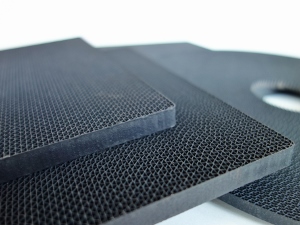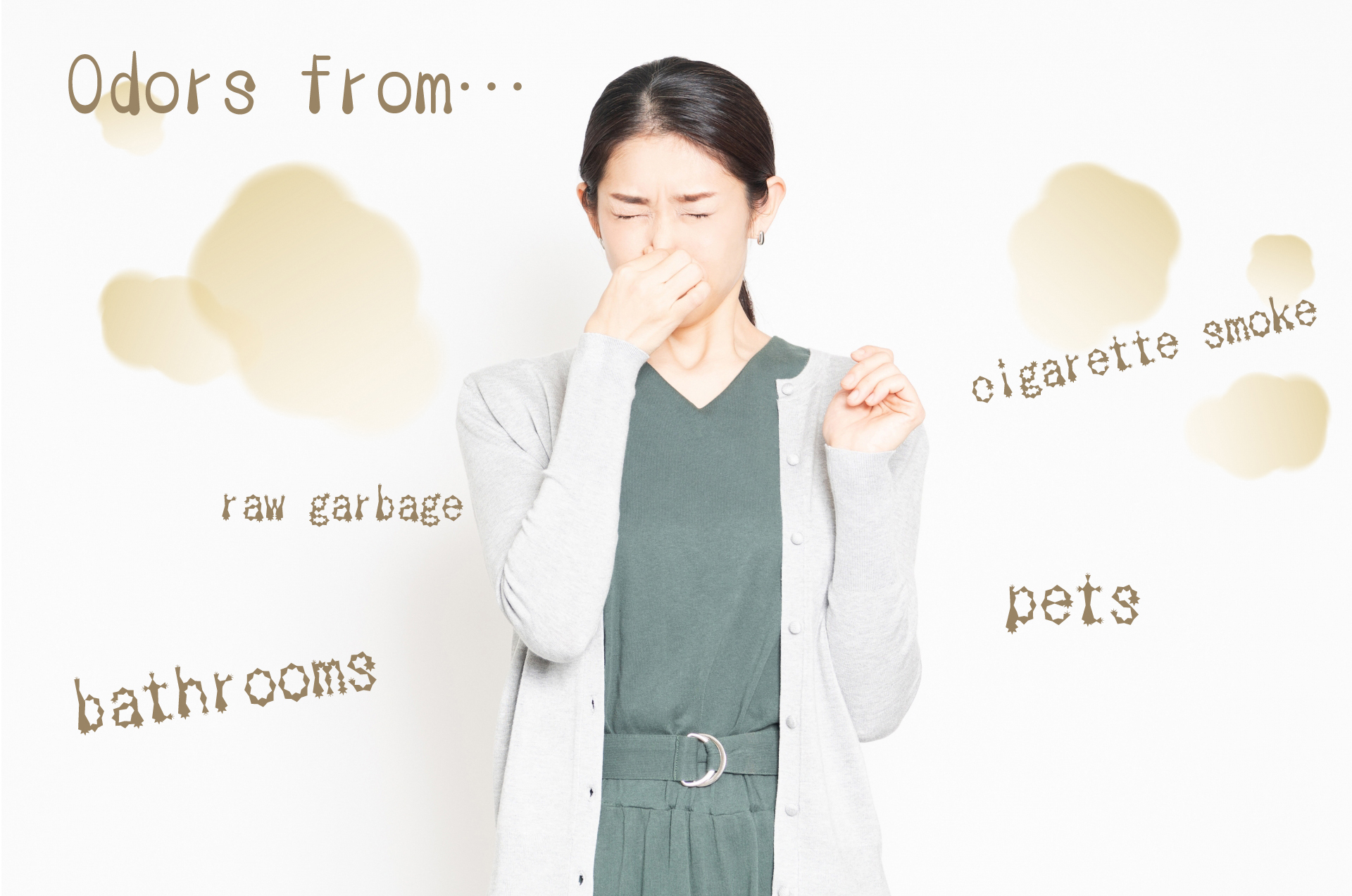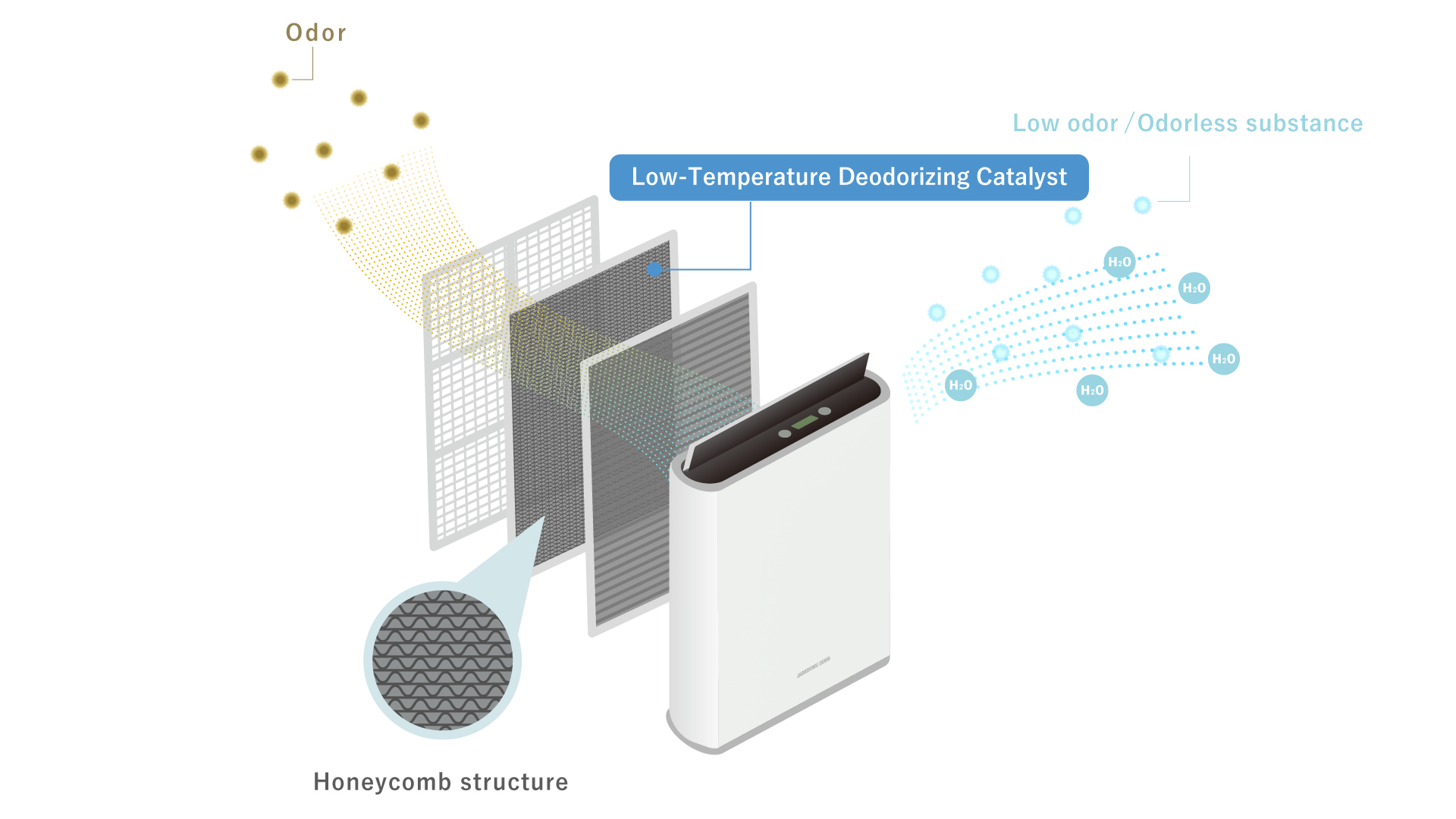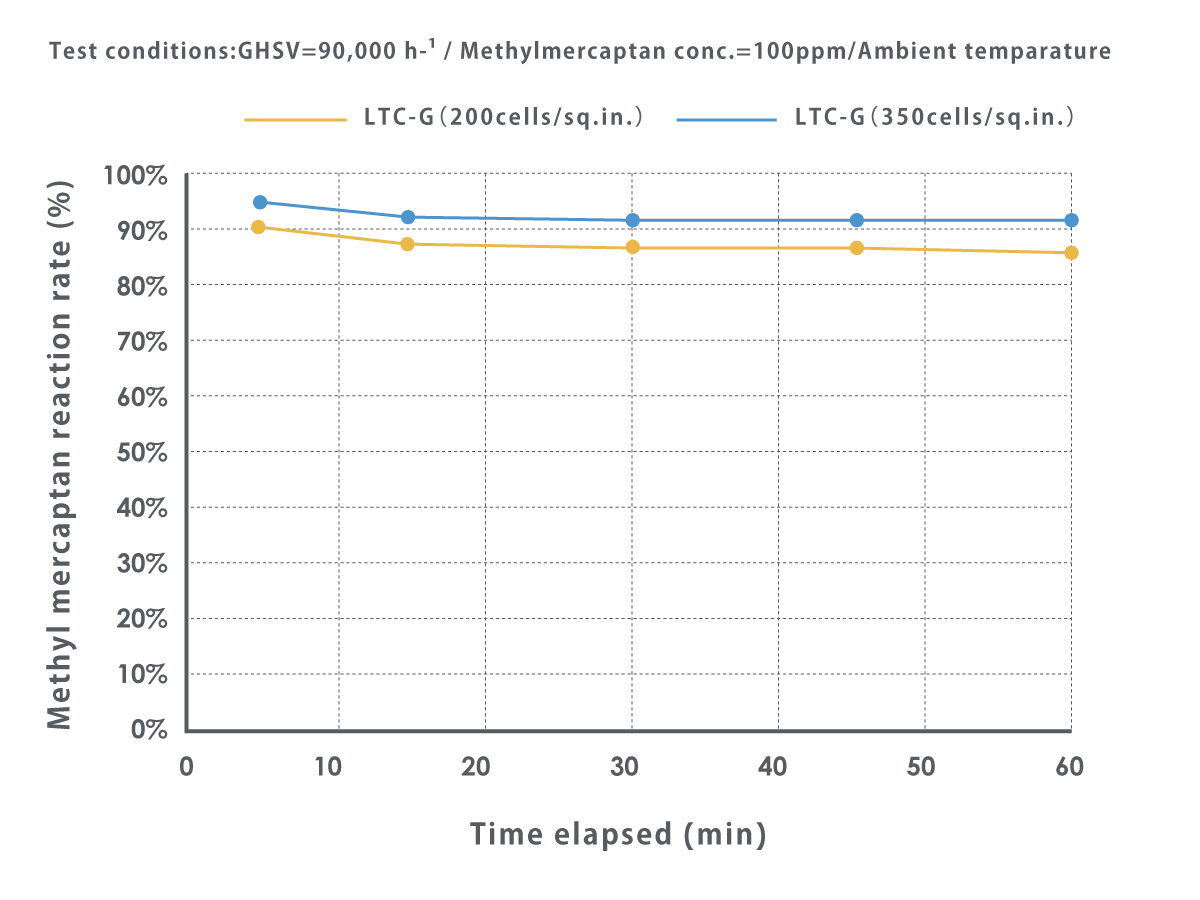Low-Temperature Deodorizing Catalyst

| Model | LTC series |
|---|
A low-temperature deodorizing catalyst from a catalyst manufacturer! It thoroughly absorbs unpleasant odors and keeps them at bay.
Product Overview
At room temperature or lower, this catalyst reacts to a wide range of household and building material odors, from raw garbage to cigarettes, and quickly deodorizes and removes any stubborn scents.
Features
- Catalytic deodorization method
- Catalyst specifications can be chosen according to intended purpose
- Reacts to a variety of day-to-day odors
Specifications
Choose from honeycomb or non-woven fabric structures to suit the catalyst's intended purpose.
| Type | Honeycomb type | Non-woven fabric type |
|---|---|---|
| Material | Ceramics, metallic oxides | PET, metallic oxides |
| Features |
|
Thin and lightweight for easy handling |
| Size |
Compatible with any size. *Please specify the intended use for the product. |
Use
Deodorizing filter for refrigerators, air cleaners, air conditioners, bidet toilets, and more.

Typical odors and the functions of this low-temperature deodorizing catalyst

There are a number of types of scents that are considered bad odors, and typical household odors include raw garbage, pets, human waste, and tobacco. These can be classified by the name of the malodorous substance, and each has a different type of smell; for example, methyl mercaptan for raw garbage and rotten onions, hydrogen sulfide for rotten eggs, and ammonia for human waste.
This low-temperature deodorizing catalyst was engineered to react to a wide range of odors in environments below room temperature, absorbing them to lower and remove unwanted scents. Odors absorbed by the catalyst will accumulate on its surface, so the catalyst should be replaced when the effect wears off. (Catalyst replacement time depends on the concentration and intensity of odors in the environment in which it is used.)
In addition to household odors, this catalyst can also simultaneously remove other substances in the air that are harmful to the human body, including photochemical oxidants and volatile organic compounds such as formaldehyde.
Deodorizing Mechanism
The surface of the catalyst is porous, increasing the surface area to thoroughly catch odors. The catalyst reacts to any odors that come into contact with it, absorbing and decomposing them to reduce and eliminate unwanted smells.
Methyl mercaptan reaction rate:
2CH3SH + 1/2O2 → CH3-S-S-CH3(Low odor)+ H2O

Catalyst performance

Contact Sales Department
| Department | Business Innovation Office |
|---|---|
| Contact Form | |
| TEL | 81-3-5436-8484 |
| FAX | 81-3-5436-8680 |
